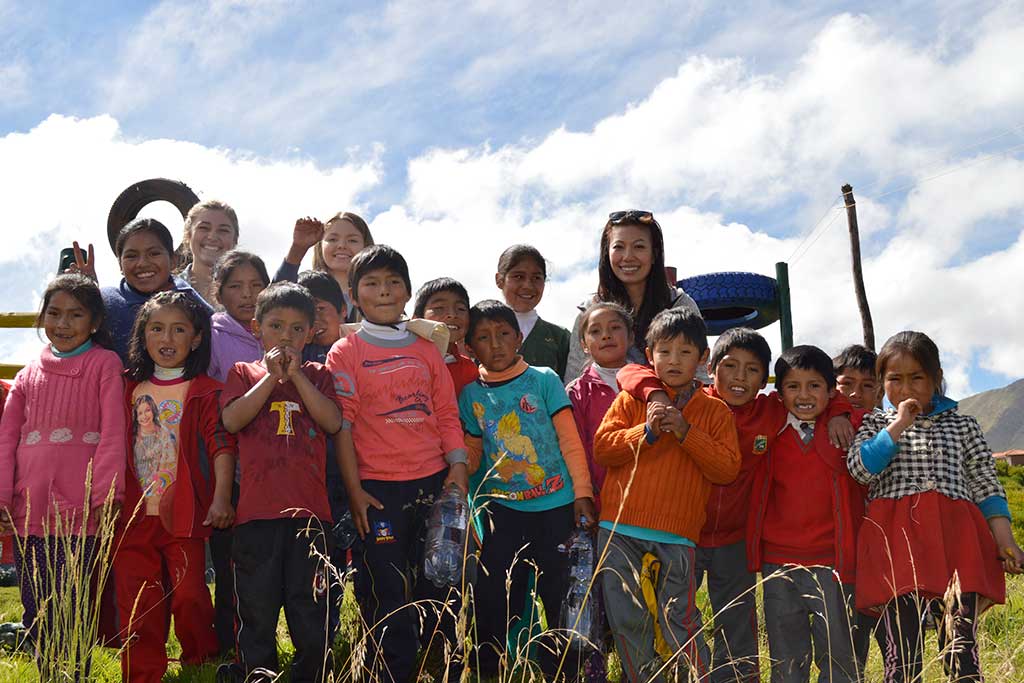After nearly 35 years teaching elementary school, I was ready to leave the public education system. Actually, I was ready about ten years before I could realistically retire. I still have a heart for teaching, but I had grown frustrated with the system.
I had spent too many years adjusting to “new” but invariably similar curricula, watching federal funding dwindle, and seeing average students lost in the sea of their classmates. There simply is not a high enough staff to student ratio to ensure that individualized learning needs are met.
But even though I had been happy to escape the more bureaucratic aspects of my job, I was restlessly retired. I still wanted to make a difference in students’ lives no matter how small. So, I started seeking a new set of challenges.

For so much of our adult lives, we are tied to mundane responsibility: utility bills, tax returns, mortgages, nine-to-five jobs. As a result, I see my recent retirement as a new window of opportunity. Now, I have another chance to see new cities, engage with foreign cultures, and meet like-minded people.
I decided to test the waters with a volunteer initiative. After some online exploration, I found Máximo Nivel’s program for Teaching English in Cusco, Peru. I had only heard of Cusco because of its proximity to Machu Picchu, and considered it the chance of a lifetime to spend a few months in the Andes.
Cusco was not what I expected from a bird’s eye view. It was sprawling and unfinished. I was later told that many buildings remained incomplete on the top floor to avoid certain classifications for property taxes. No country is without its bureaucracy it seems, but I knew I wanted to be part of something new.
Máximo Nivel not only runs volunteer programs, but is also an English and Spanish language institute. So even though I was not working at their private institute, the other volunteers and I had access to the company’s academic team.

Despite decades of experience in education, I was relieved to partake in their ESL crash course. Speaking English and teaching it are entirely different beasts, and I was much more confident after matching verb tenses to their formal names.
Though I was appreciative of the academic support, I was also pleased that I was given the autonomy to design my own lessons. I was applying a skillset that had become stale and stiff in my previous life in an intoxicatingly new environment. I felt creative and energized by a sense of purpose.
I also felt like I was serving the needs of the community more directly than I was able to in an Arizona public school district. English language instruction is limited in Peru’s public education system and locals are eager to learn.
English classes may be part of the public school curriculum, but they are not extensive, and local teachers are often expected to deliver them despite their own limited knowledge of the language. Therefore, at an age when they could be picking up a lot, students are left passively watching videos in English or learning very basic vocabulary—much like I would conduct my own classes were I asked to teach Italian or Farsi.

However, many families would like their children to learn English so that they might have access to more opportunities in their adult lives. Some parents send their children to private institutes to learn from native speakers after their normal school hours. But private options can be expensive, and are therefore not a possibility for everyone.
Because of this impediment to equal access, I was grateful to volunteer in a more public setting. Engaging with the Cusqueño community by delivering free classes was exactly what I would have liked to do in my own community: challenge procedural hurdles to help students directly.
I was briefly able to play a role in a scholastic solution, accounting for lack of access to education along financial lines. The classes offered at the project were open to the community and free. I got the opportunity to work with beginning and intermediate students, and was grateful to the project coordinator for orchestrating everything.
Working with English students in Peru marked the beginning of a new chapter in my life. Volunteering alongside younger teachers who were investing so sincerely in the future of their students and themselves revitalized my passion for education.
My time in Cusco was also a test run for my own future. On the brink of a second career, I had been deliberating about living abroad. Absorbing myself in a new purpose and surrounding myself with new perspectives reaffirmed my desire to live and teach overseas. There are so many doors open to me, so many places to see.
Cusco, however, did offer a distinct blend of indigenous and Spanish culture. And though this is a product of colonial scars, there is nowhere else I’ve been that intermingles the ancient past and our waking present quite so seamlessly.
The meeting of cultures and blending of times washes over you. On a short hike above the city, you’re bound to stumble across ancient ruins, and a Peruvian family barbecuing at their base. I was living in a very different context across very different times, but I was certain it was exactly where I should be.
